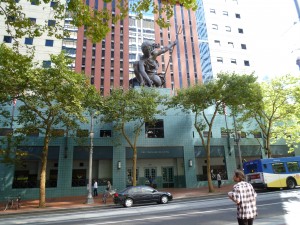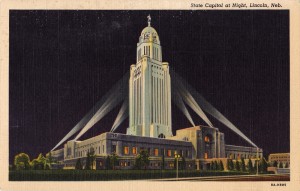The Master Builders
I attended a meeting of the Design Futures Council ambitiously billed as a “Leadership Summit on Sustainability.” Present were engineers and representatives of the building materials industry (whose parent organizations were the chief sponsors of the event), but most of the participants were architects. The last group voiced a recurring theme. “It is important to think not only about buildings but about neighborhoods, and not only neighborhoods but cities, or preferably regions. Better still, the entire planet.” During the meeting, one architect voiced the opinion that architects could design anything. Oh, really? Architects are trained to design buildings.



